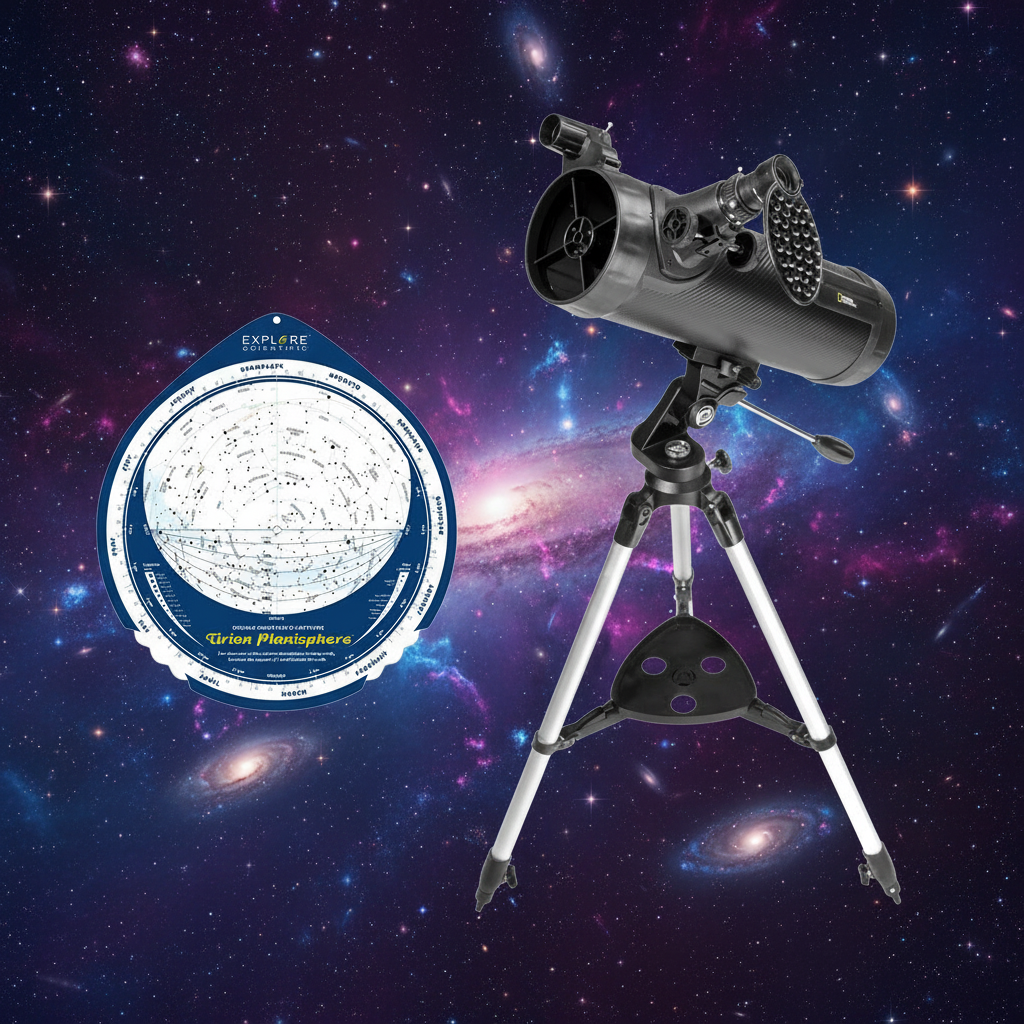What’s Up in the Sky
At any moment of the day, countless awe-inspiring celestial events are unfolding in the sky. With a universe of options, it can be hard to pin down what to observe, what to look into or what to remember. Each week, this column will take a peek at what’s happening in the sky and in the world of astronomy in general to provide a quick list of highlights that can jumpstart your own explorations.
What to observe:
December 10th-11th –Pairing of Jupiter and the Moon
Beginning in the late evening of December 10th and continuing into the predawn hours of December 11th, two of the brightest celestial objects in the night sky will form a brilliant pair as Jupiter reaches conjunction with the waning Moon. Although both will lie in the constellation Leo, they will not be close enough to observe together in a telescope’s field of view. However, the lovely match can be easily enjoyed by the naked eye or through a pair of binoculars. Currently one of the highlights in the night sky, Jupiter has just entered its retrograde motion cycle, which means it will now move westward against the backdrop of the night sky’s various arrangements of stars. For many, the beginning of this retrograde period also marks the beginning of prime viewing season for the giant planet. By the time it reaches opposition on February 6th, 2015, it will be up from dusk until dawn. With the naked eye, Jupiter will manifest as a bright point of light, but a modest telescope may reveal the giant planet’s impressive cloud belts, its turbulent Great Red Spot or any of the four Galilean moons.
December 13 – Geminid Meteor Shower Peaks
It’s once again time to grab your blanket and hunt out a patch of dark sky because one of the most prolific annual meteor showers is set to peak beginning on the evening of December 13th and continuing into the early morning hours of December 14th. First observed in the mid-1800s, the Geminid Meteor Shower has blossomed from meek beginnings and now produces more than 100 bright meteors - often yellowish in hue - per hour during its peak. It is not just the high activity that makes the Geminids notable. In fact, their origins make it truly unusual because instead of being generated by the debris left behind by a comet, they are caused by the asteroid 3200 Phaethon, which orbit’s the sun every 1.4 years. 3200 Phaethon has presented quite a puzzle for astronomers because it behaves like a comet - causing some to call it a “rock comet.” Discovered in 1983, the odd asteroid is made of rock and not ice like a comet, but, like a comet, it has a highly elliptical orbit and emits dust, which leads to this meteor shower. Radiating from the Gemini constellation, the Geminids will be visible in both hemispheres.
What to remember:
December 10 – 30th Anniversary of the Claxton Meteorite
On December 10th, 1984, one ordinary roadside mailbox in Claxton, Georgia, received an extraordinary special delivery that would send it skyrocketing to fame in the world of meteorite collectors. On that late afternoon 30 years ago, local resident Don Richardson had just stepped outside his home when he heard an alarming sound that brought up memories of the incoming mortars he had heard during his service in Vietnam. Within moments, the tensed Richardson witnessed something from above smash into his neighbor’s plain metal mailbox, which stood just 36 meters away. This missive from outer space turned out to be a chondrite meteorite that weighed in at 1,455 grams. Although its type is far from rare, the otherworldly rock garnered added notoriety because it was at that time and remains today the only recorded direct strike to a mailbox from a meteorite. The novelty of the impact eventually resulted in the mailbox being sold at auction for more than $80,000 in 2007.
As an Amazon Associate we earn from qualifying purchases.












Leave a comment
This site is protected by hCaptcha and the hCaptcha Privacy Policy and Terms of Service apply.